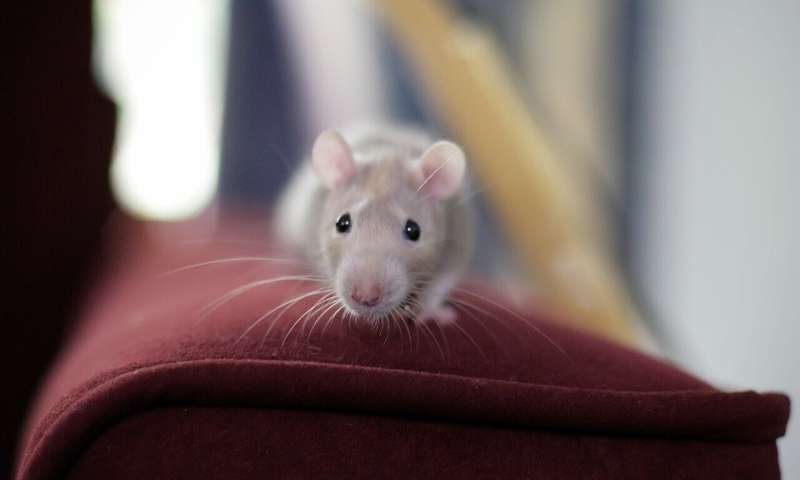This article has been reviewed according to Science X's editorial process and policies. Editors have highlighted the following attributes while ensuring the content's credibility:
fact-checked
peer-reviewed publication
trusted source
proofread
How bright-light treatment improves sleep in stressed mice

Chronic stress is associated with sleep disturbance. In their new study, Lu Huang and colleagues identify the neural pathway behind this behavior, and at the same time, explain how bright-light treatment is able to counter it. The research was conducted in mice at Jinan University in China and published September 7th in the open access journal PLOS Biology.
Bright-light treatment is known to improve sleep in those with sleep disorders, but how it works—and whether it works in cases of stress-induced sleep disturbances—was unknown.
The researchers hypothesized that a part of the brain called the lateral habenula is deeply involved in this phenomenon because it both receives light signals from the eyes and can influence other parts of the brain that regulate sleep.
To test this theory and fully characterize the neural pathway, the team performed a series of chemogenetic and optogenetic studies in a mouse model of chronic stress, which also showed irregular sleep. Specifically, chronic stress led to higher-than-normal amounts of non-REM sleep, which could be eliminated with bright-light treatment.
As hypothesized, the lateral habenula influenced the effects of stress on sleep. Its chemogenetic inhibition in stressed mice prevented the unusual high amounts of non-REM sleep, and on the flip side, its chronic activation in un-stressed mice resulted in extra non-REM sleep.
Next, by separately activating habenular neurons that send signals to different regions of the brain, the researchers were able to identify the connection between the habenula and the rostromedial tegmental nucleus (RMT) as critical. Activating only these neurons mimicked the effects of stress on sleep, while inhibiting them in stressed mice mimicked the effects of bright-light treatment.
Lastly, the researchers showed that light-sensitive neurons in the lateral geniculate nucleus (LGN) naturally inhibit the habenula-RMT neurons, which explains why bright-light treatment can reduce stress-induced abnormalities in non-REM sleep. Understanding how bright-light treatment works can help devise optimal light treatments and perhaps pharmacological interventions targeting this pathway.
Co-author Chaoran Ren adds, "A circuit mechanism has been identified that explains the effects of bright light treatment on sleep disruptions induced by chronic stress in mice."
More information: Bright light treatment counteracts stress-induced sleep alterations in mice, via a visual circuit related to the rostromedial tegmental nucleus, PLoS Biology (2023). DOI: 10.1371/journal.pbio.3002282


















